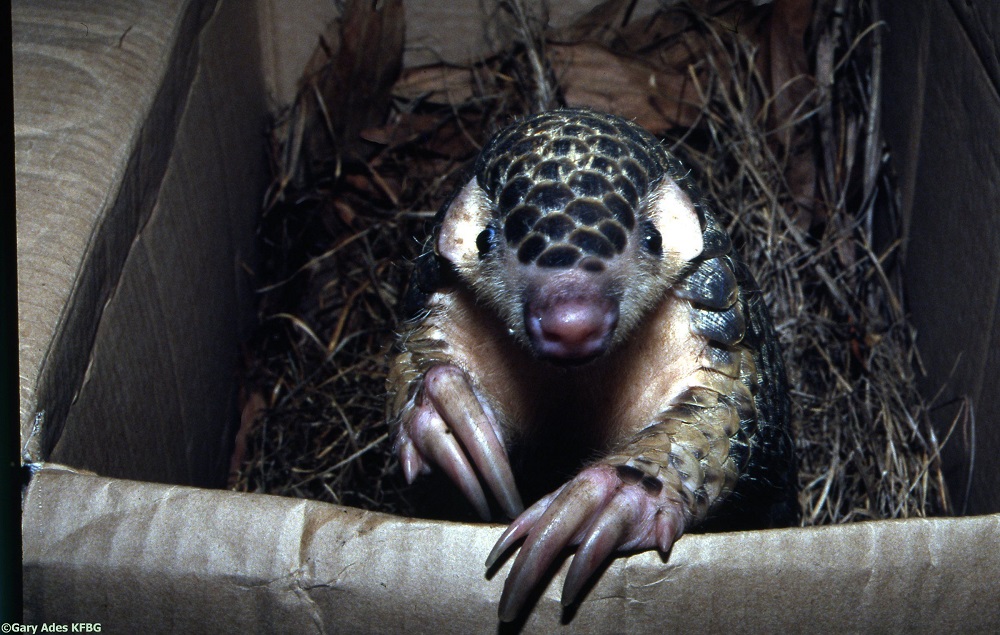Pangolin poaching has increased markedly in recent years, so consequently populations are thought to be in rapid decline. However, the exact status of pangolins is unknown because data on distribution and population size for all eight pangolin species is extremely limited. Without such data, conservation and management of pangolins is hampered.
The aim of my PhD is to create a more informative picture of the distribution, population sizes and genetic variability of the four pangolin species found in Asia, along with socio-economic factors, that will inform conservation management goals. Pangolins are difficult to study in the wild, as they are nocturnal, sometimes arboreal and shy of humans. Therefore I will investigate a range of field survey and laboratory methods to optimize my approach. An essential part of my PhD research will be with a team of local collaborative researchers and conservationists, who share a passion for these enigmatic species.
My first project will be determining population sizes, which has a multi-step approach. I will begin with the local Sunda pangolins in Singapore, and work with Chung Yi Fei, Project Manager at Central Nature Reserve Singapore, who has kindly offered to help us here at NUS. Our first task will be to advance camera trap methods to investigate local pangolin population density. We will use the results from the Singapore study, combined with feed-back from other research teams, to design the optimal method for investigating pangolin populations in China. I hope to continue this approach in all Asian countries with pangolins. We are especially keen to identify large populations for all four Asian pangolin species.
My second project will be determining the genetic diversity of pangolin populations. I will develop genetic markers as tools to estimate the genetic diversity within and differentiation between various pangolin populations, for all four Asian pangolin species, for both large and diminished pangolin populations. There are technical challenges with sampling tissues to extract DNA from wild Asian pangolins. Unfortunately, unlike African pangolins, Asian pangolins lack calloused skin between their scales, so this simple and relatively non-invasive tissue sampling procedure is not available. I must develop an alternative, and equally respectful, tissue sampling method as a first step.
My third project is to contribute to the process for identification of high priority conservation management sites, for all four Asian pangolins throughout their distributions. To do this I will consider the results from my first project (locations of large populations), plus the results from my second project (genetically diverse and/or distinct populations), to create ‘hotspots’ of ‘healthy’ populations. Of course pangolin population estimation alone is not sufficient to prioritise sites for conservation; there are the human / cultural aspects that may be barriers against pangolin conservation. Therefore I will gain cultural, socio-economic and other human information about pangolin hotspots through interviews with local people and government agencies. All these varied layers of research will contribute to informed conservation action planning at both local and international levels.
My research is being undertaken at the National University of Singapore (https://www.dbs.nus.edu.sg/research/biodiversity/index.html) and is in collaboration with the IUCN SSC Pangolin SG, Wildlife Reserves Singapore, The Zoological Society of London, other academics, and volunteers. We are keen to expand our collaboration to all who have interest.
My supervisors are Prof. Theo Evans (https://www.dbs.nus.edu.sg/staff/evans.html) and Dr. Samuel Turvey (https://www.zsl.org/science/ioz-staff-students/dr-samuel-turvey/).
by Helen Nash, National University of Singapore and member of the IUCN SSC Pangolin Specialist Group.




